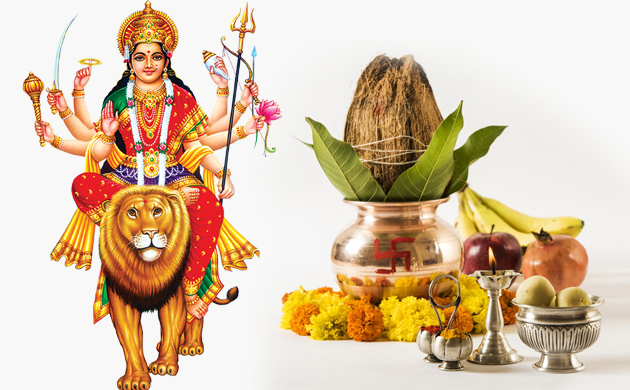India is known for its diverse culture and festivals, and Chaitra Navratri is one such festival that holds significant importance in the Hindu community. Chaitra Navratri, also known as Vasant Navratri, is a nine-day festival that is celebrated in the month of Chaitra (March-April) according to the Hindu calendar. This festival marks the beginning of the Hindu New Year and is dedicated to the worship of the divine feminine.
In this article, we will take a closer look at the significance and rituals of Chaitra Navratri.
The Significance of Chaitra Navratri
Navratri means “nine nights” in Sanskrit, and the festival is celebrated twice a year. Chaitra Navratri is the first Navratri of the year, and it is followed by Sharad Navratri, which is celebrated in the month of October. The word “Chaitra” is derived from the Sanskrit word “Chaitanya,” which means consciousness or knowledge. Thus, Chaitra Navratri is a time for self-reflection and seeking knowledge.
The festival is celebrated to honor the divine feminine and her various forms. The nine days of the festival are dedicated to the worship of nine different forms of Goddess Durga, who symbolizes power, strength, and courage. Each day of Navratri is associated with a different form of the goddess, and the festival culminates on the tenth day with the celebration of Vijayadashami, which marks the victory of good over evil.
The Rituals of Chaitra Navratri
Chaitra Navratri is celebrated with great fervor and enthusiasm in India. The festival is marked by various rituals and traditions that are followed by devotees across the country. Let us take a look at some of the important rituals of Chaitra Navratri.
Ghatasthapana
The festival begins with the ritual of Ghatasthapana, which is the installation of a clay pot or “ghata” filled with holy water, mango leaves, and a coconut on the first day of Navratri. The pot symbolizes the womb of the goddess and is believed to bring good luck and prosperity.
Fasting
Fasting is an important part of Chaitra Navratri, and many devotees observe a strict fast for the entire duration of the festival. Some people also observe partial fasts, where they abstain from certain foods.
Puja and Aarti
The nine days of Navratri are marked by daily puja and aarti (worship and prayers) to the different forms of the goddess. Devotees offer flowers, incense, and sweets to the goddess and seek her blessings.
Kanya Pujan
On the eighth day of Navratri, young girls are worshiped as the embodiment of the goddess. This ritual is known as Kanya Pujan and is considered an auspicious way to seek the blessings of the goddess.
Navratri Fairs
Navratri is also a time for festivities and fairs. Many cities in India organize Navratri fairs, where people can enjoy cultural programs, food, and shopping.
The Significance of Each Day of Navratri
As mentioned earlier, each day of Navratri is associated with a different form of the goddess. Let us take a look at the significance of each day of Navratri.
Day 1 – Pratipada
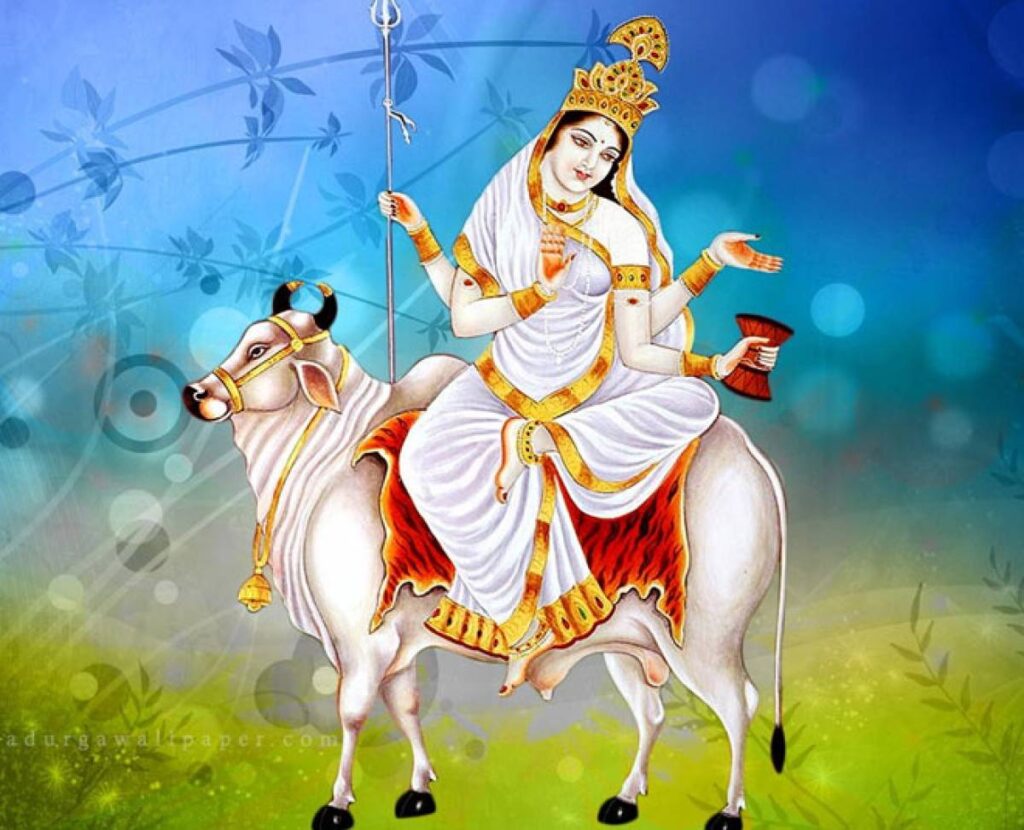
The first day of Navratri is dedicated to Shailputri, the daughter of the Himalayas. She is the embodiment of the power of nature and is worshiped for good health and prosperity.
Day 2 – Dwitiya
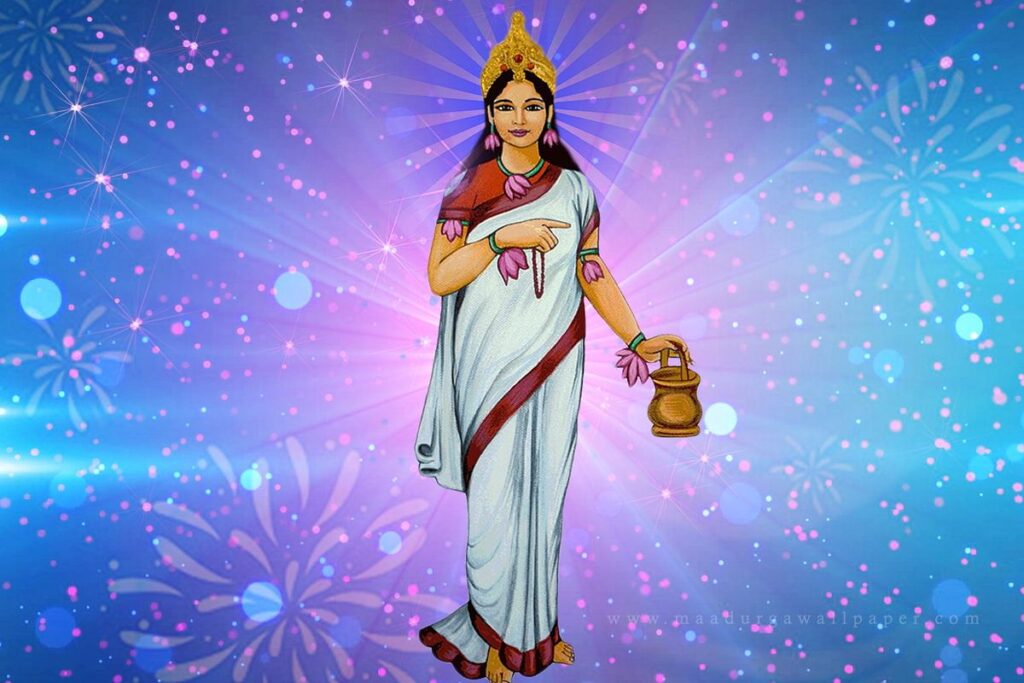
The second day of Navratri is dedicated to Brahmacharini, the unmarried form of Goddess Parvati. She symbolizes the path of penance and austerity and is worshiped for emotional balance and self-control.
Day 3 – Tritiya
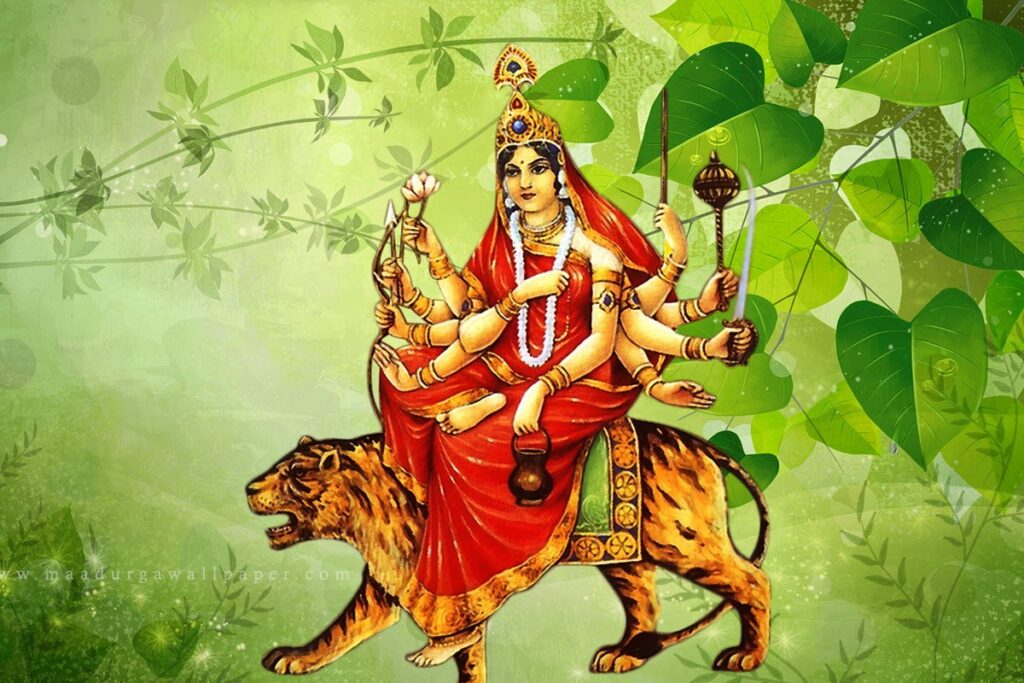
The third day of Navratri is dedicated to Chandraghanta, who is the married form of Goddess Parvati. She is revered for peace and prosperity and is shown as having a half-moon on her forehead.
Day 4 – Chaturthi
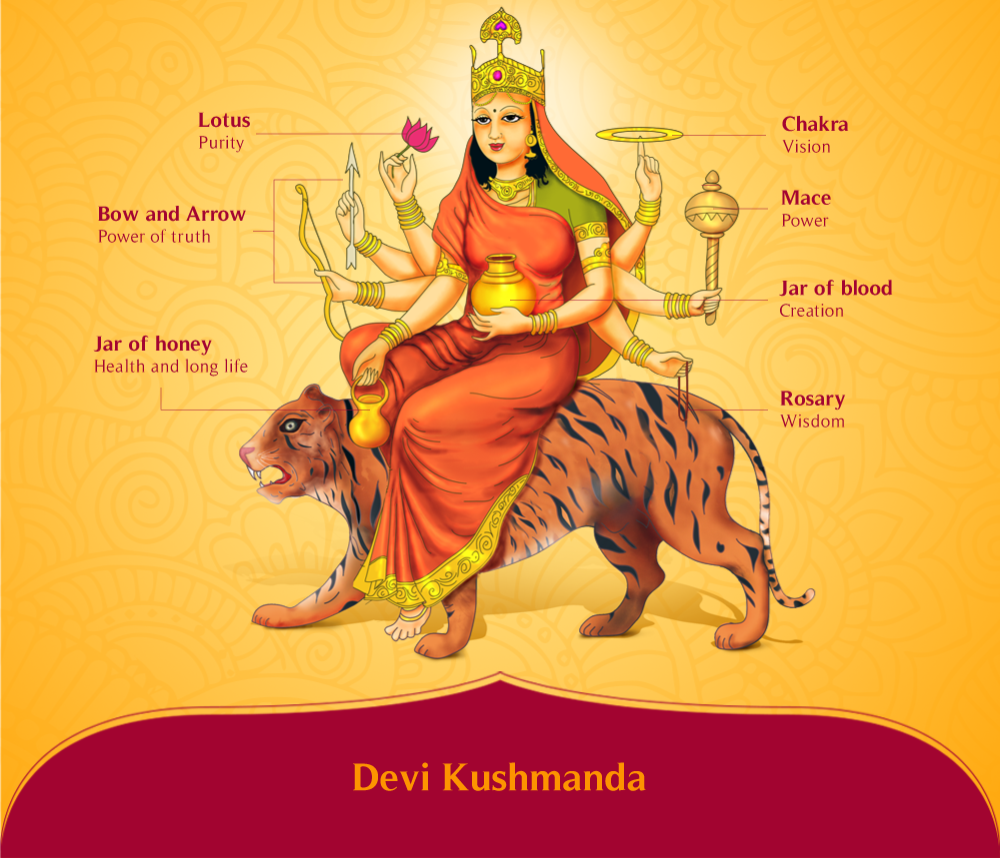
The fourth day of Navratri is dedicated to Kushmanda, the creator of the universe. She is believed to possess the power of the sun and is worshiped for good health and strength.
Day 5 – Panchami
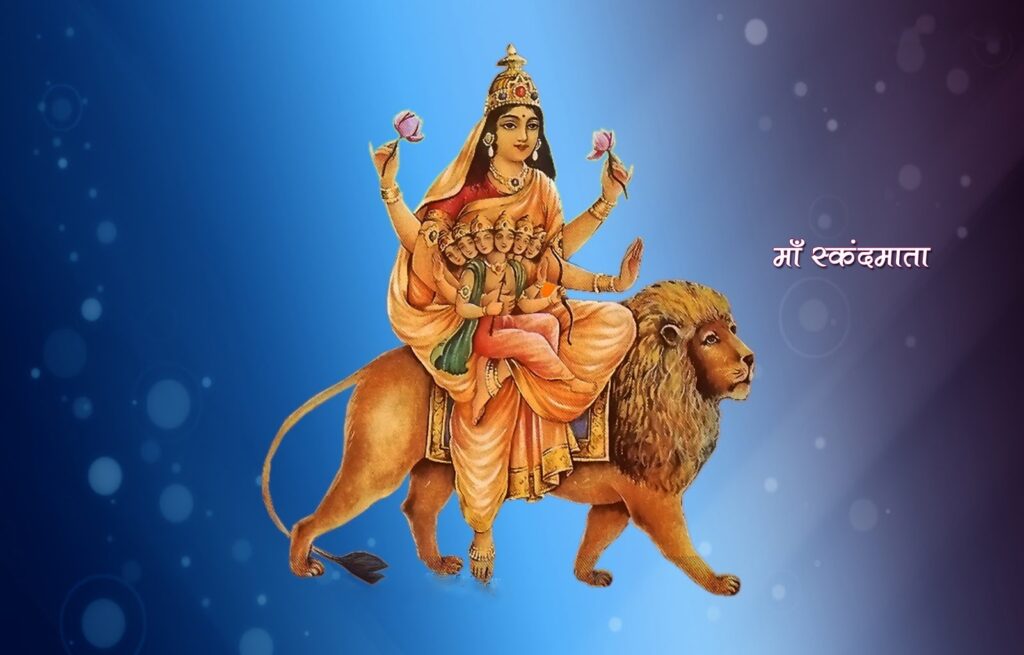
The fifth day of Navratri is dedicated to Skandamata, the mother of Lord Kartikeya. She is worshiped for motherly love and protection.
Day 6 – Shashthi
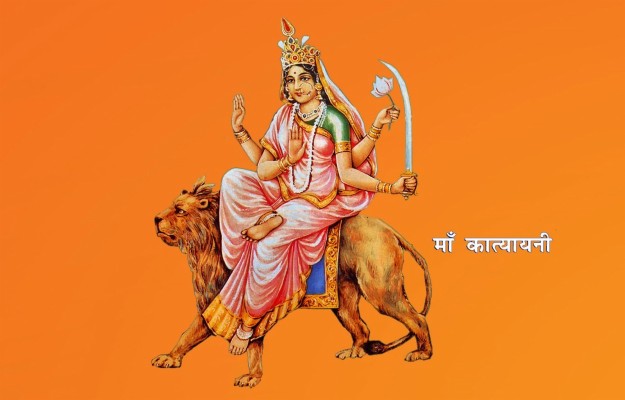
The sixth day of Navratri is dedicated to Katyayani, who is the warrior form of Goddess Parvati. She is worshiped for courage and strength.
Day 7 – Saptami
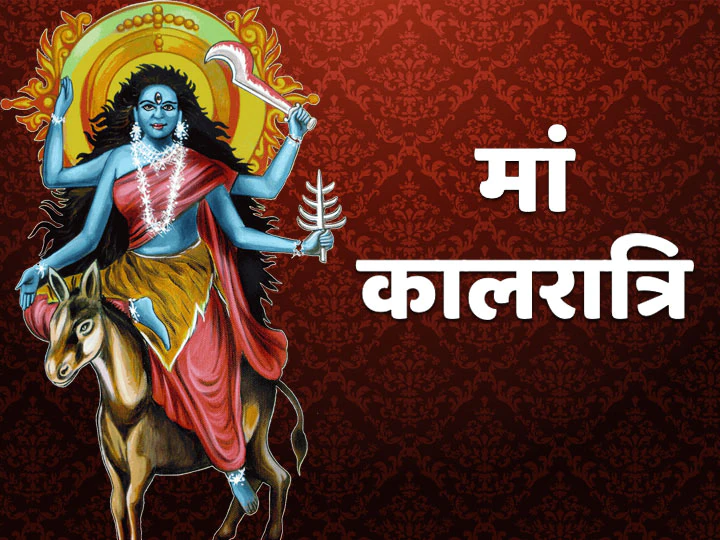
The seventh day of Navratri is dedicated to Kalaratri, the destroyer of darkness and ignorance. She is worshiped for spiritual knowledge and enlightenment.
Day 8 – Ashtami
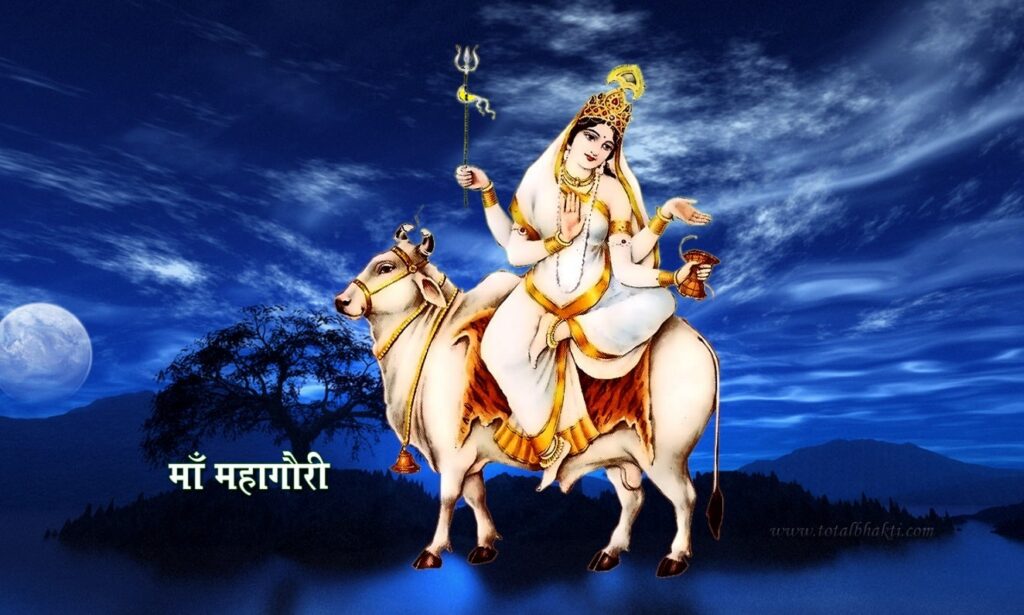
The eighth day of Navratri is dedicated to Mahagauri, who is the symbol of purity and enlightenment. She is worshiped for inner strength and calmness.
Day 9 – Navami
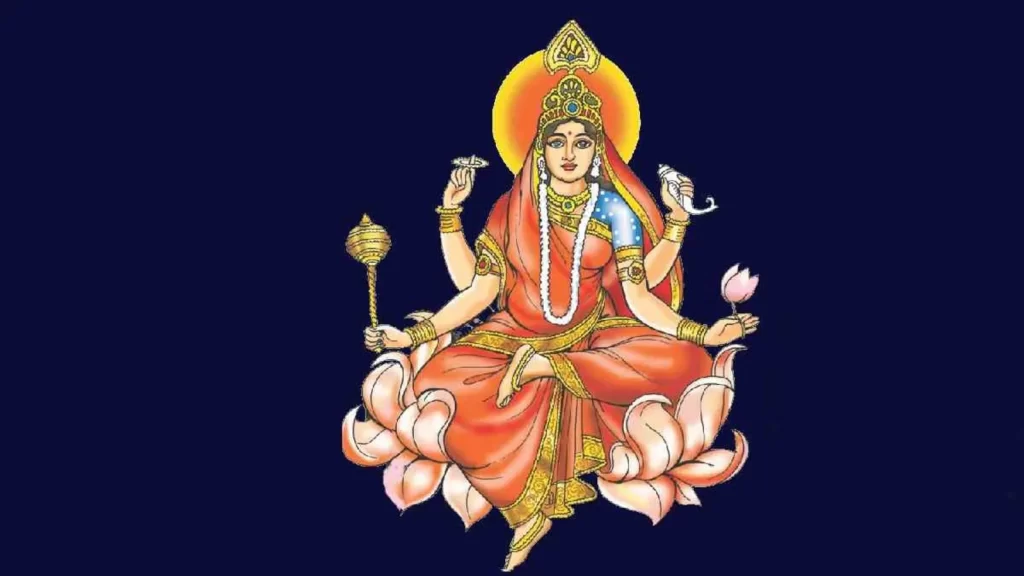
The ninth day of Navratri is dedicated to Siddhidatri, who is the giver of supernatural powers and blessings. She is worshiped for spiritual attainment and fulfillment.
Frequently Asked Questions
What is Chaitra Navratri?
What is the significance of Chaitra Navratri?
How is Chaitra Navratri celebrated?
What are the nine manifestations of the goddess Durga that are worshiped during Chaitra Navratri?
Must Read This :-
- 8 Typical Hurdles that Pose a Threat to Your Spiritual Development
- Meditation and Its Diverse Incredible Benefits
- 8 Important Day-to-day Spiritual Practices for an Enhanced Lifestyle
Conclusion
Chaitra Navratri is a festival that celebrates the power and glory of the divine feminine. It is time to seek the blessings of the goddess and to reflect on our inner selves. The festival is marked by various rituals and traditions that bring people together in the spirit of love, harmony, and devotion. May this Chaitra Navratri bring peace, prosperity, and happiness to all!
